Transplanting Dahlias Started In Pots: Planting Out Dahlias Started From Seed & Cuttings
Dahlias aren’t that complicated to relocate in the ground outside, even if started from seed or potted seedlings or cuttings. Here’s how easy transplanting dahlias can be
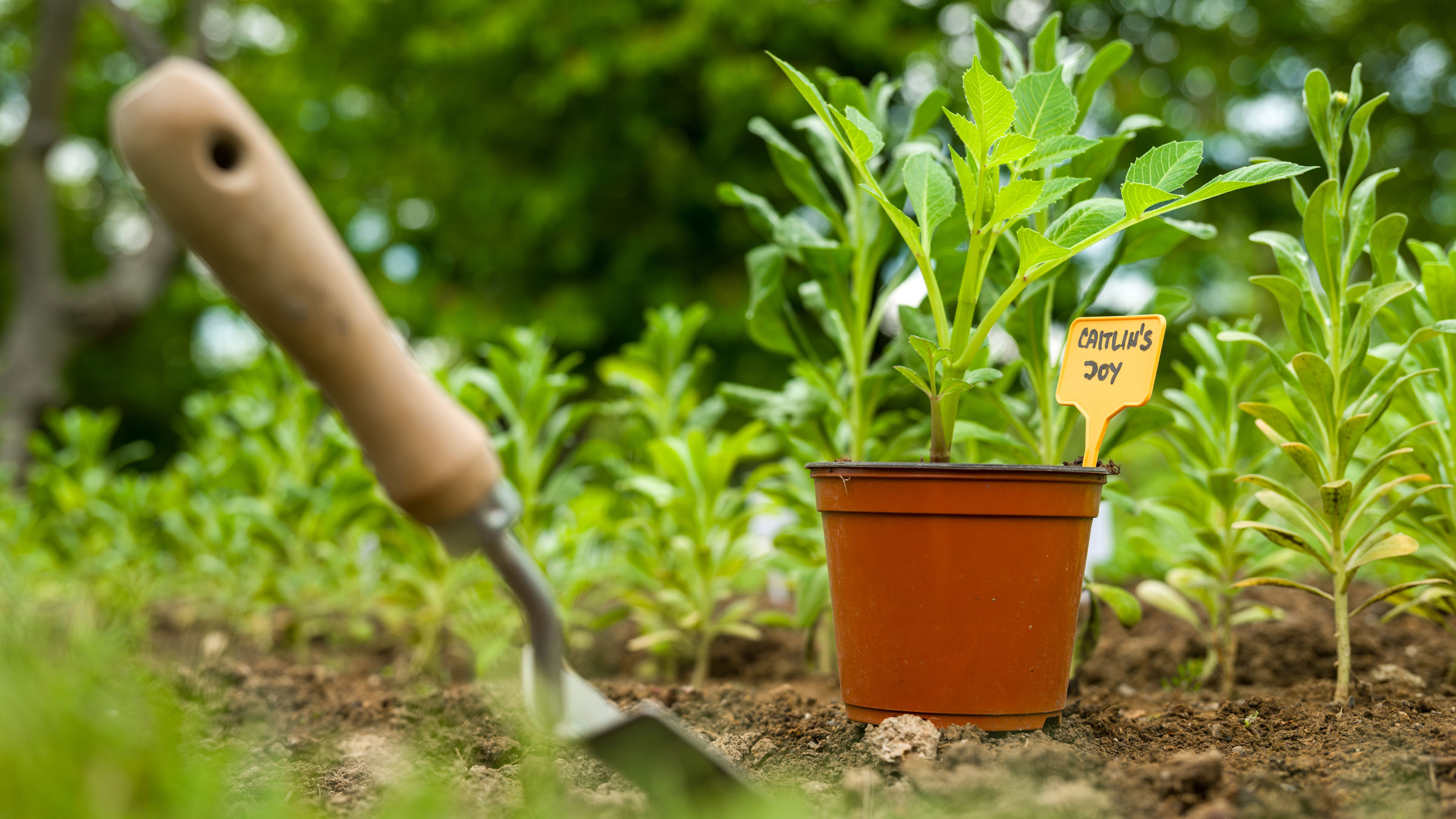

Amy Draiss
If you grow dahlias, you’ll probably want to increase your stock. You can do this easily with many varieties by collecting and growing seeds, taking cuttings, or dividing the root. Once the seedlings and cuttings develop a sufficient root system, and the danger of frost is past, you’ll need to be transplanting dahlias outdoors.
Plants that grow from cuttings or root division are exact replicas of the original or mother plant. Plants that grow from seed are new varieties you created yourself, (along with the help of the bees!). Once dahlias started from seed or cuttings and grown in pots are big enough, dahlia transplanting allows you to relocate your homegrown dahlias in larger containers, raised beds, window boxes or mixed beds. That way, they can hit the flowering season at the peak of health.
Here’s how to make sure you are transplanting dahlia plants at the right time, in the best way, and with the best aftercare.
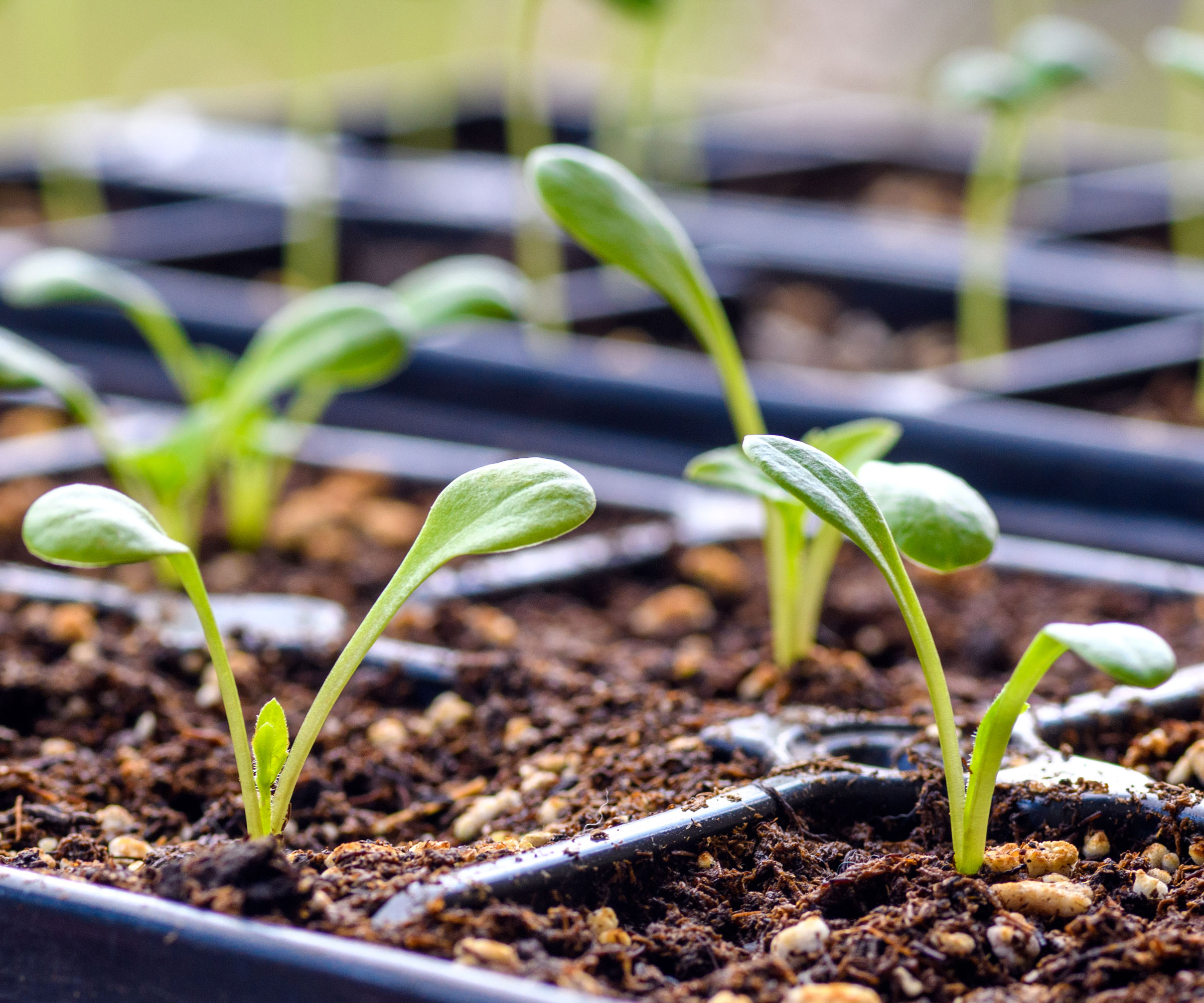
When to Transplant Dahlias
If you’re wondering when to transplant dahlias, it’s best done in the spring once the danger of frost is past. You can find your average last frost date on the National Oceanic and Atmospheric Administration (NOAA) website. Watch your local weather to make sure no more frosts or freezes are forecast. Do dahlias transplant well? Dahlias grown from seed or cuttings transplant easily into the garden in spring. Also, roots divided in the spring transplant well into the ground. With the right prep and care, transplanted dahlias can keep flowering all summer and well into fall.
If you haven’t prepared your planting site, do that while waiting for temperatures to warm. Get a soil sample analyzed to find out what kind of amendments (if any) your soil needs. You'll find some great multi-test kits online. The Rapitest Soil Test Kit for Gardens, available at Amazon, tests for soil pH, phosphorus, nitrogen and potash levels.
Without a soil sample, you can work in compost or well-rotted manure about two weeks before you anticipate planting out your particular dahlia varieties. Alternatively, you can apply a low nitrogen fertilizer – something with a ratio of 5-10-5 or 5-10-10, such as Old Cobblers Farm Fertilizer 5-10-10, available at Walmart. Add to the planting beds following the instructions on the fertilizer package.
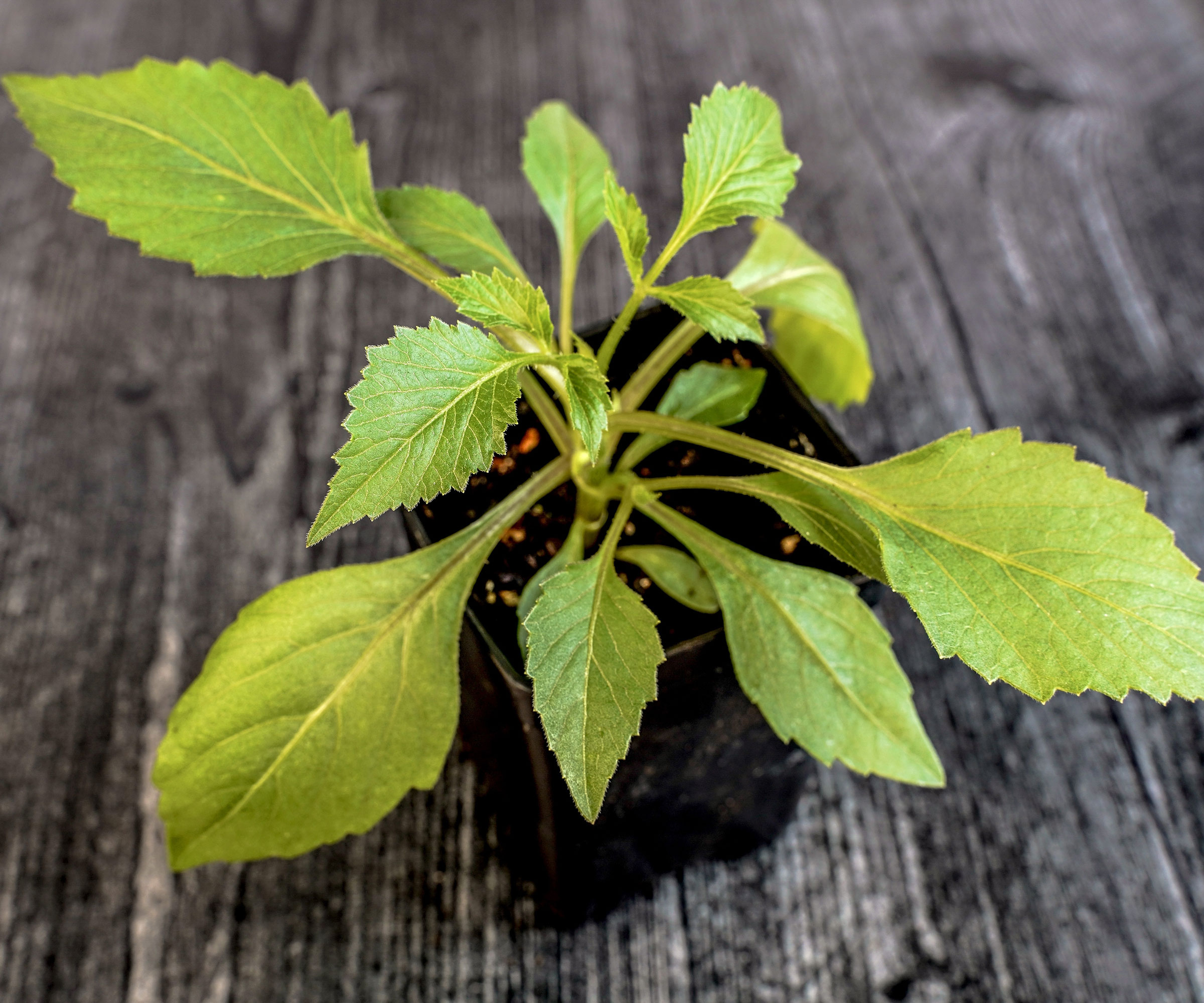
How to Transplant Dahlias
You will know when to transplant dahlia seedlings because the roots will fill the planting pot. If the last frost date is behind you, start hardening off the seedlings, which takes a week to 10 days. Take the pots outside to a shady area during the day and bring them back in at night. Do this daily, but each day increase the amount of sun the plants receive. Hardening off gives them the best chance of developing into beautiful summer blooming plants.
To plant a seedling, dig a hole an inch (2.5cm) deeper than the rootball. Insert the plant, then fill in with soil to ground level. Water the plant well. Slide a stake into the earth next to the plant about as tall as the plant will grow. Adding a stake now rather than later will prevent root or tuber damage. Joyhalo Plant Stakes from Amazon come in packs of 16 and include a bundle of twist ties.
Plant each dahlia a couple of feet (0.6m) apart to allow room for tubers to form. Water enough to keep the soil from drying out. If you live where there is a long growing season, direct sow the dahlia seeds into the soil after it has warmed to 65-70°F (18-21°C). Cover seeds with a quarter inch of soil and keep moist until plants germinate.
Sign up for the Gardening Know How newsletter today and receive a free copy of our e-book "How to Grow Delicious Tomatoes".
Transplanting dahlias from pots after rooting the cuttings is the same procedure as planting seedlings above. Similarly, you can pot dahlias on into larger pots and planters outdoors, creating optimum conditions for the best container plants possible.
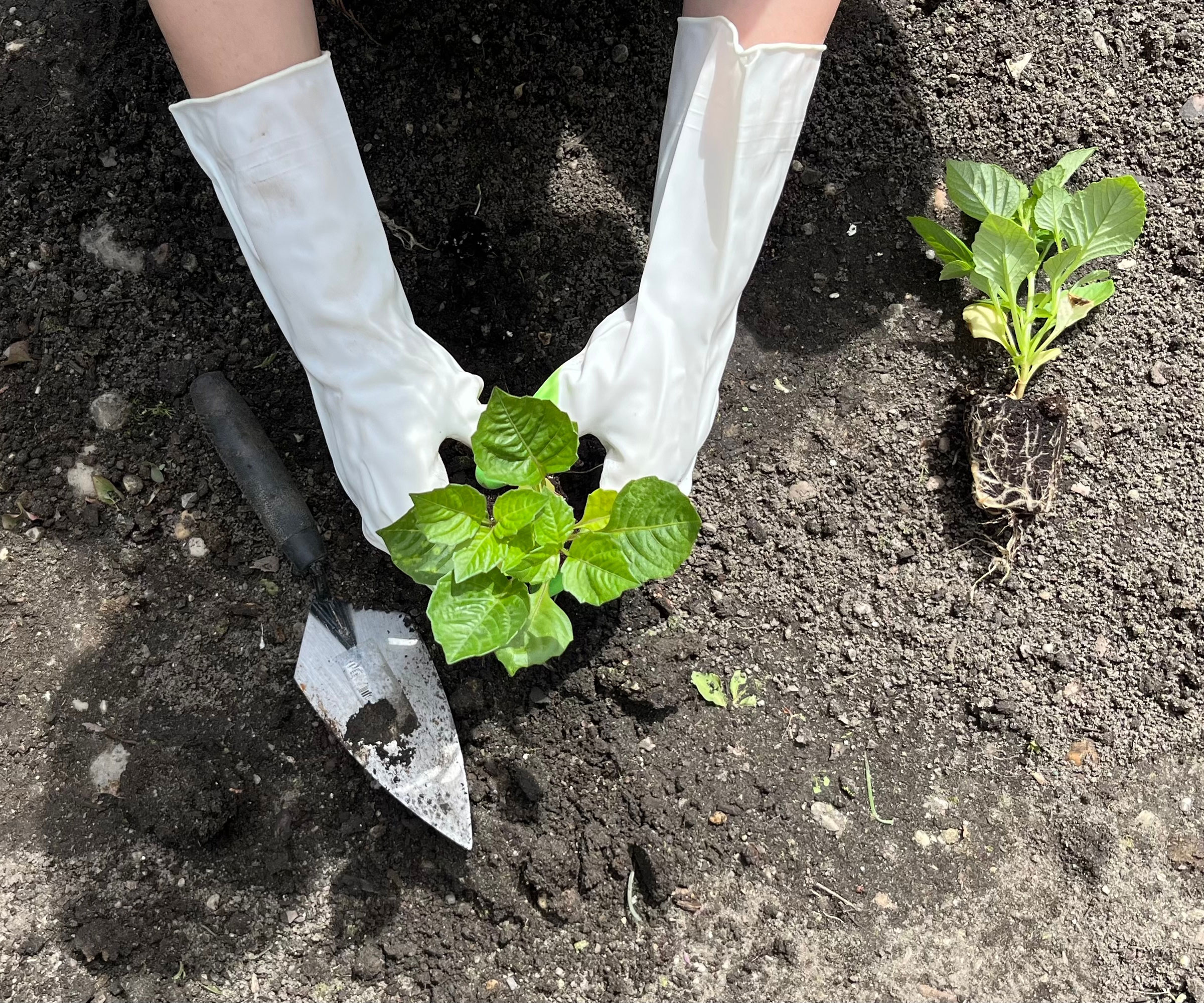
Care for Newly Planted Dahlias
After planting, continue summer care of the plants. If you didn’t fertilize instead of adding soil amendments at planting, you can start fertilizing dahlias three weeks after planting – and subsequently every four weeks during the growing season. If you are growing dahlias in containers, fertilize them every three weeks. Use a low nitrogen fertilizer such as Age Old Organics Age Old Bloom 5-10-5 from Walmart. Make sure your plants also water dahlias frequently, particularly in high summer.
After dahlia transplanting, apply mulch around the plants to conserve moisture, keep the plants cool, and reduce weeds. During flowering, keep an eye on faded flowers and deadhead dahlias regularly to prolong the flowering season. Protect the plants from slugs and snails by removing the pests early each morning. Deploy organic solutions such as beer traps to help regulate slug numbers.
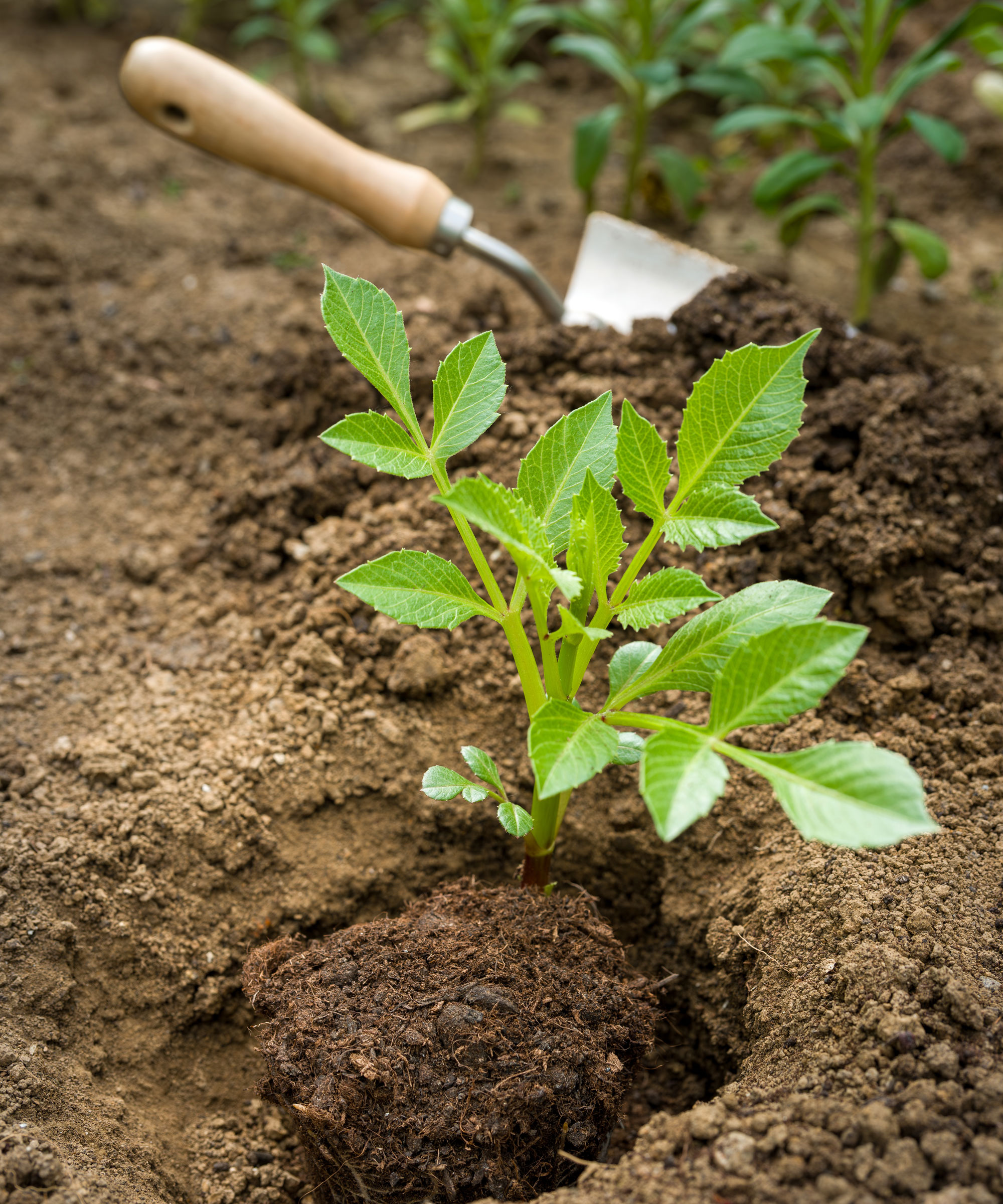
Frequently Asked Questions
Can you transplant dahlias in the fall?
If you live in a mild area, you cannot transplant until spring. If you dig up tubers in the fall they must be stored for winter. If you live in colder climates, you can dig up the tubers in the fall and store them for winter.
Can you transplant dahlias in bloom?
It certainly is not ideal, but you can transplant dahlias in bloom, though it will take them a while to recover. Cut off all the buds and blooms and about half the plant. Then dig up the entire root ball and place it in a container. Water well, and lightly fertilize after two weeks.
This article features products available from third party vendors on the Gardening Know How Shop. Keep in mind that our plant inventory is limited - so if you’re thinking of purchasing, don’t wait!
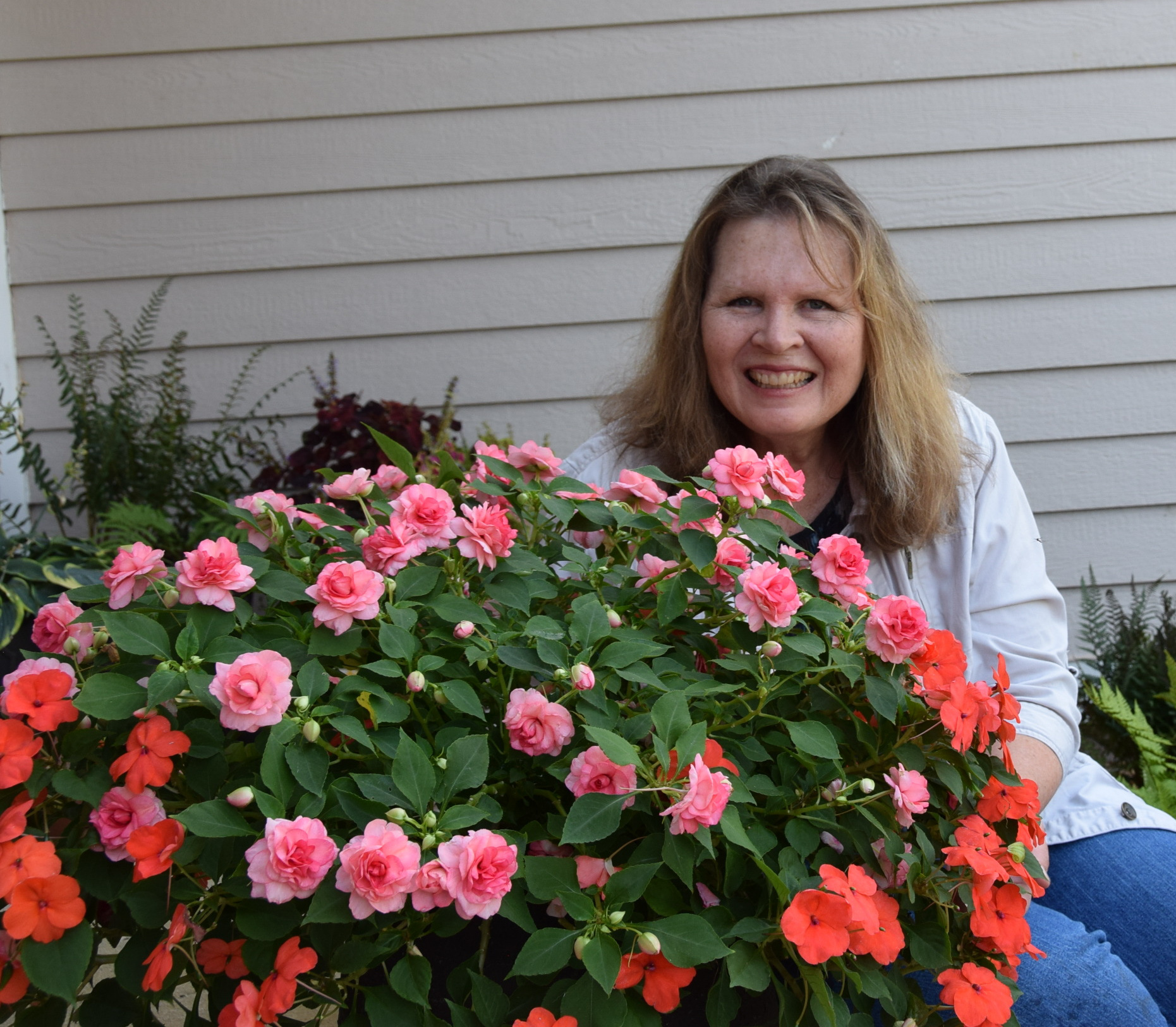
After graduating from Oklahoma State University with a degree in English, Susan pursued a career in communications. In addition, she wrote garden articles for magazines and authored a newspaper gardening column for many years. She contributed South-Central regional gardening columns for four years to Lowes.com. While living in Oklahoma, she served as a master gardener for 17 years.
- Amy DraissDigital Community Manager